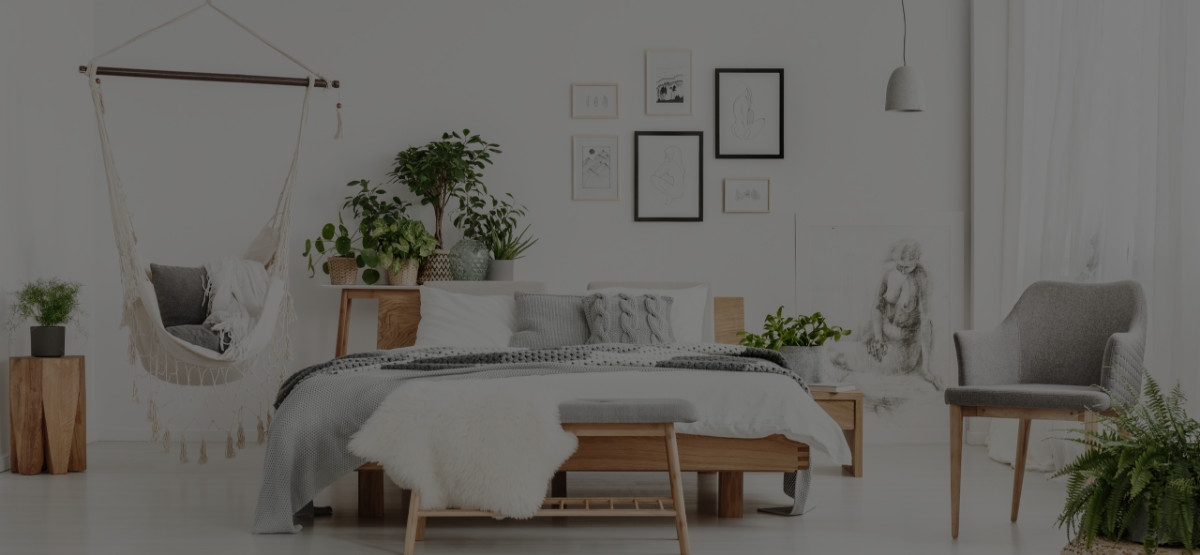Even those are who born with natural staging talent can’t deny how difficult it is to distinguish lasting trends from fads. You never know which way the market will swing. But when you have professional training, the whole process gets easier. Believe it or not, knowing the basic principles of interior decorating can help you predict which trends are here to stay. It also helps you spot the so-called trends ahead so you don’t waste your time stocking items that fall out of favor quickly.
Even if you’ve never taken a staging course before, you may want to. Here’s how a professional home staging certification course will teach you to spot the right trends!
Will it be widely appealing?
To make a home look appealing is the whole point of staging a home in the first place! If you can’t make a home appeal to the taste of as many potential buyers as possible, then you aren’t doing your job. You need to make the space functional, cozy, and unisex. A trend shouldn’t diminish the value of the space.
When most people incorporate trends into their decor, they do it to reflect personal taste. They are personalizing their home to suit themselves, but home staging is all about depersonalizing. Removing all sentimental elements in a home and decorating/styling a space to make it appear like the perfect blank slate. To make a space look stylish AND like a blank slate for whatever the new homeowner wants to do sounds like opposing ideas. That’s why people need an expert for the job!
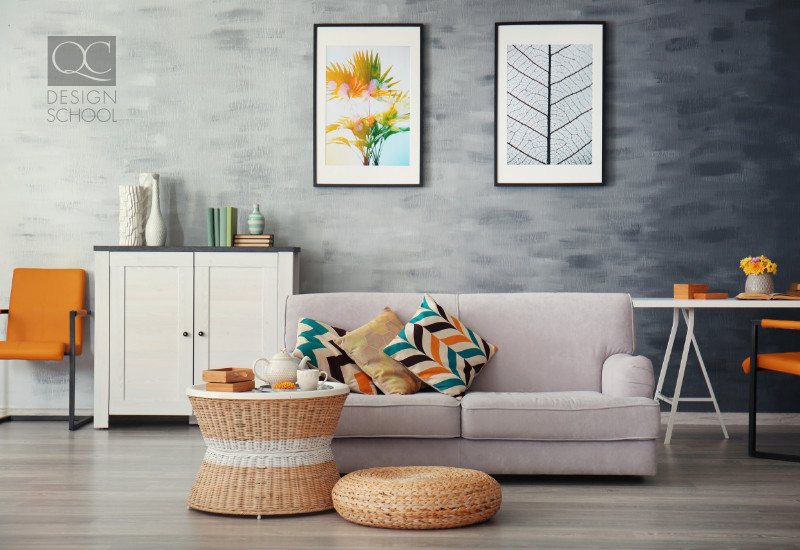
How versatile is the trend?
To highlight an asset of a specific home, you will want to switch up your decorating style. If you’re decorating a rural home built like a barn, does it really make sense to use black and silver as dominant colors in sleek materials? The point is to sell the assets of a home! Even if something is trending, doesn’t mean it works for every context. Your course teaches you how to sell a home’s architectural features, the values of the community, and a particular kind of lifestyle—all using decor.
Take a look at the common types of clients who approach you. If you choose to hold your own stock, you’ll slowly gather pieces that can be universally used. Does a particular trendy piece of art make sense with the rest of your inventory? Can you use it on the same types of homes you’ve been working on? Or, if you love tackling different types of properties and decorating styles, what sorts of spaces is it best suited for? Be realistic with yourself. You’ll be able to evaluate whether it’s worth your time and money investing in a piece.
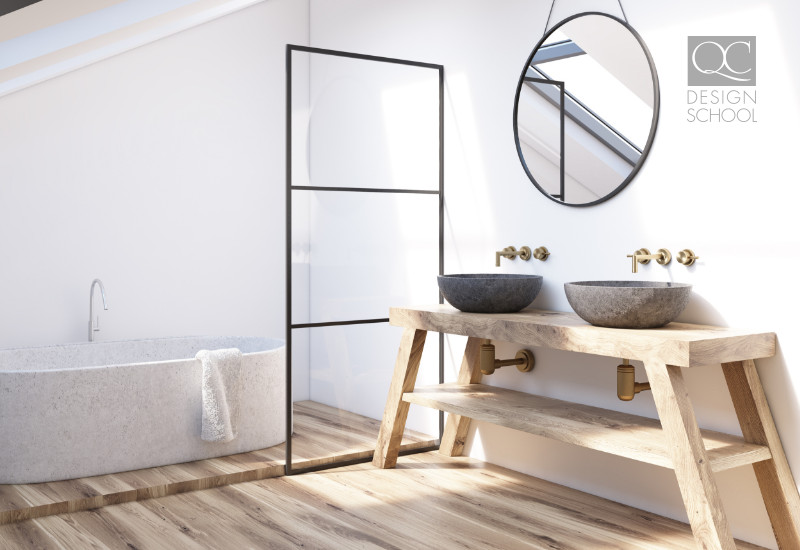
How do you know which trends aren’t going anywhere?
Many designers flock to the world’s best home designers to see where decorating trends are headed. Some trends are super volatile—in one day, out the next. But other trends have longer staying power. In choosing the right trends to pledge allegiance to, study past and current trends. You may find some commonalities between them that can help you forecast future trends!
Let’s take the example of the eco trend. Green décor is not only pleasing to the eye, it’s also good for your health! It helps brighten up any sterilized space and adds life to any room. The green color associated with plants also has a positive effect on psychology. Because of its strong associations with growth, spring, and nature, green fosters feelings of balance, calmness, and support. It is thematically perfectly suited for buyers who envision a new beginning with the purchase of a new home.
To predict a trend’s longevity, look at how many different industries are incorporating it. Makeup, fashion, interior decorating, art, retail, etc.—the more places you can find traces of it, the more it’s likely to stay relevant for a while. It’s all about doing your research. Don’t only take your own personal tastes into account. Just because you like something doesn’t mean others will. But if you see it everywhere, chances are there’s an audience out there who loves it. If most people don’t like something, another trend will rise to take its place.
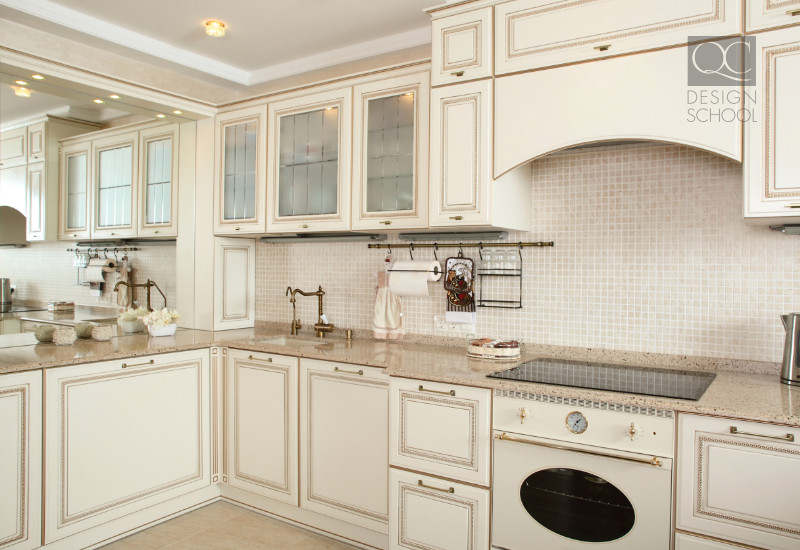
Study competitors
Unless you’re a home staging hot shot, chances are you’re following trends and adding some stylistic flair. You aren’t the one making the rules. Trusted authorities in the decorating and staging world along with designers call the shots. As such, if you don’t look towards others in the industry, you’ll be lost!
But there’s one more thing to consider. Just because staging can be a little more avant-garde in places like New York City, doesn’t mean the same boldness exist in Charleston! To see just what trends actually get a chance in the spotlight, look at your local industry competitors.
Study their portfolios, see their work, and consult a few real estate agents! Home Stagers should always be keeping their portfolios fresh and update to date. You’ll be able to see how they’ve made use of any trends. You may also be able to find the length of time it took for the home to sell after their staging work. When trends work for the current market, they can help you sell a space.
The most important thing to remember is that you’re trying to sell a home and the imagined lifestyle with it. If a style is too out there—a giant cow sculpture—you can only appeal to a small niche audience. Consider your course materials. They’ll give you a good idea of what can work and what absolutely cannot.
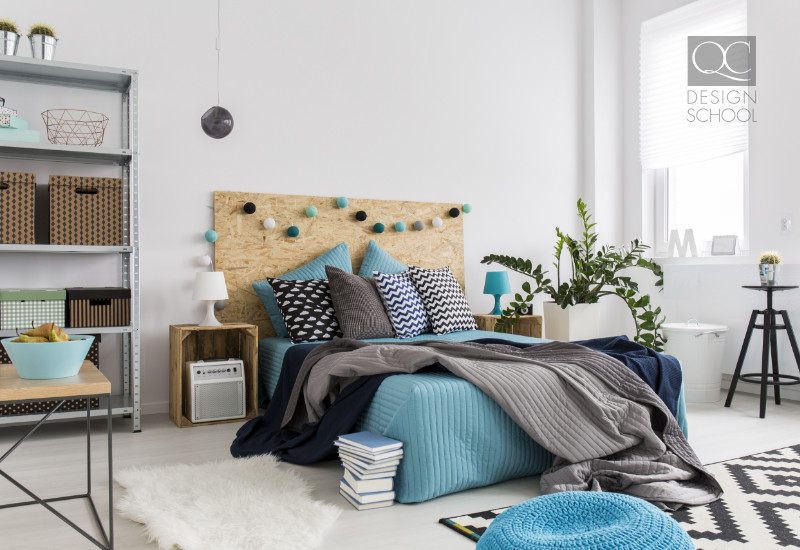
Have some tips you’d like to share with your fellow home stagers? Leave them in a comment!
